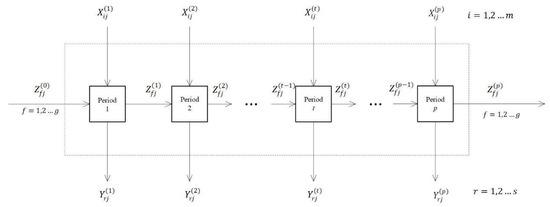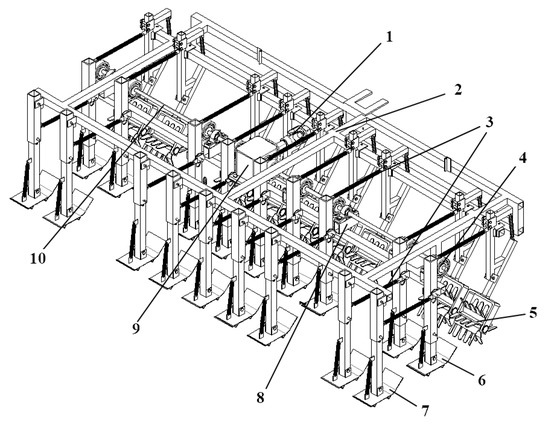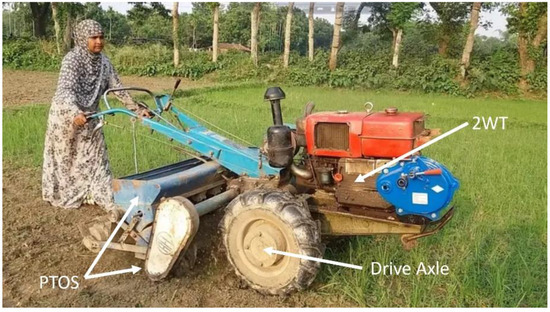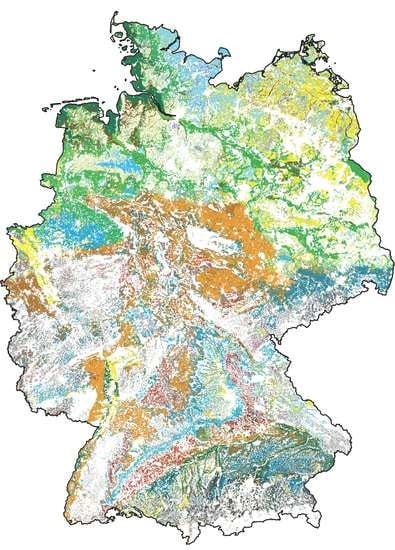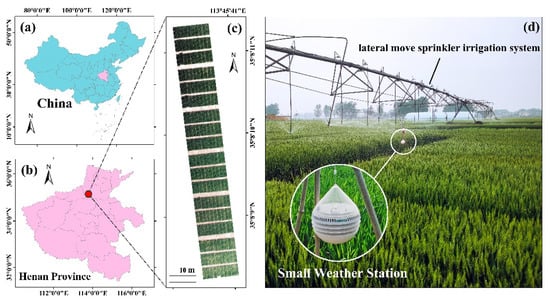Agriculture 2022, 12(11), 1757; https://doi.org/10.3390/agriculture12111757 - 24 Oct 2022
Cited by 20 | Viewed by 3820
Abstract
The primary considerations in rice (Oryza sativa L.) production evoke improvements in the nutritional quality as well as production. Rice cultivars need to be developed to tackle hunger globally with high yield and better nutrition. The traditional cultivation methods of rice to
[...] Read more.
The primary considerations in rice (Oryza sativa L.) production evoke improvements in the nutritional quality as well as production. Rice cultivars need to be developed to tackle hunger globally with high yield and better nutrition. The traditional cultivation methods of rice to increase the production by use of non-judicious fertilizers to fulfill the nutritional requirement of the masses. This article provokes nutritional strategies by utilization of available omics techniques to increase the nutritional profiling of rice. Recent scientific advancements in genetic resources provide many approaches for better understanding the molecular mechanisms encircled in a specific trait for its up- or down-regulation for opening new horizons for marker-assisted breeding of new rice varieties. In this perspective, genome-wide association studies, genome selection (GS) and QTL mapping are all genetic analysis that help in precise augmentation of specific nutritional enrichment in rice grain. Implementation of several omics techniques are effective approaches to enhance and regulate the nutritional quality of rice cultivars. Advancements in different types of omics including genomics and pangenomics, transcriptomics, metabolomics, nutrigenomics and proteomics are also relevant to rice development initiatives. This review article compiles genes, locus, mutants and for rice yield and yield attribute enhancement. This knowledge will be useful for now and for the future regarding rice studies.
Full article
(This article belongs to the Special Issue Breeding, Genetics, and Genomics of Rice)
►
Show Figures




